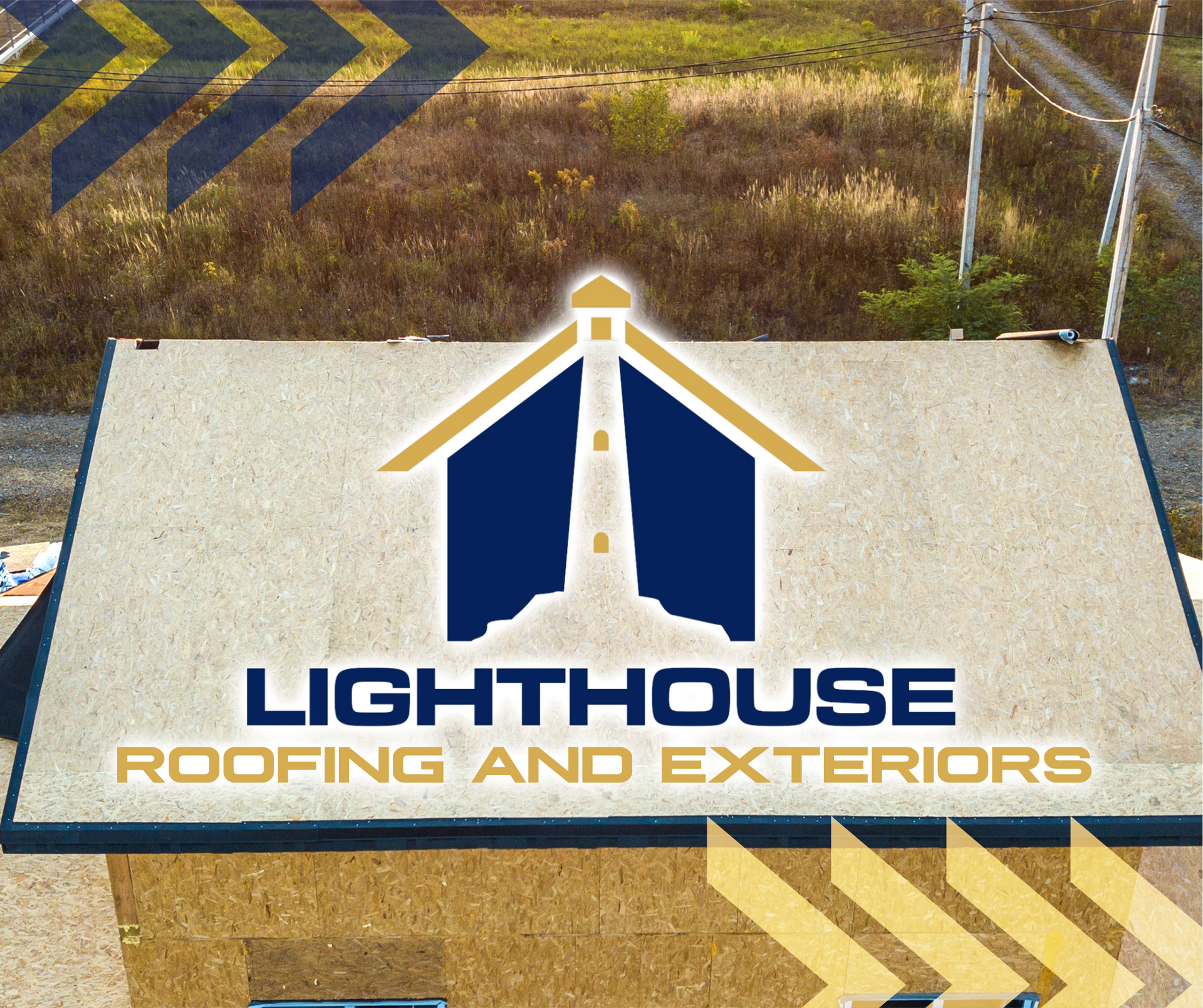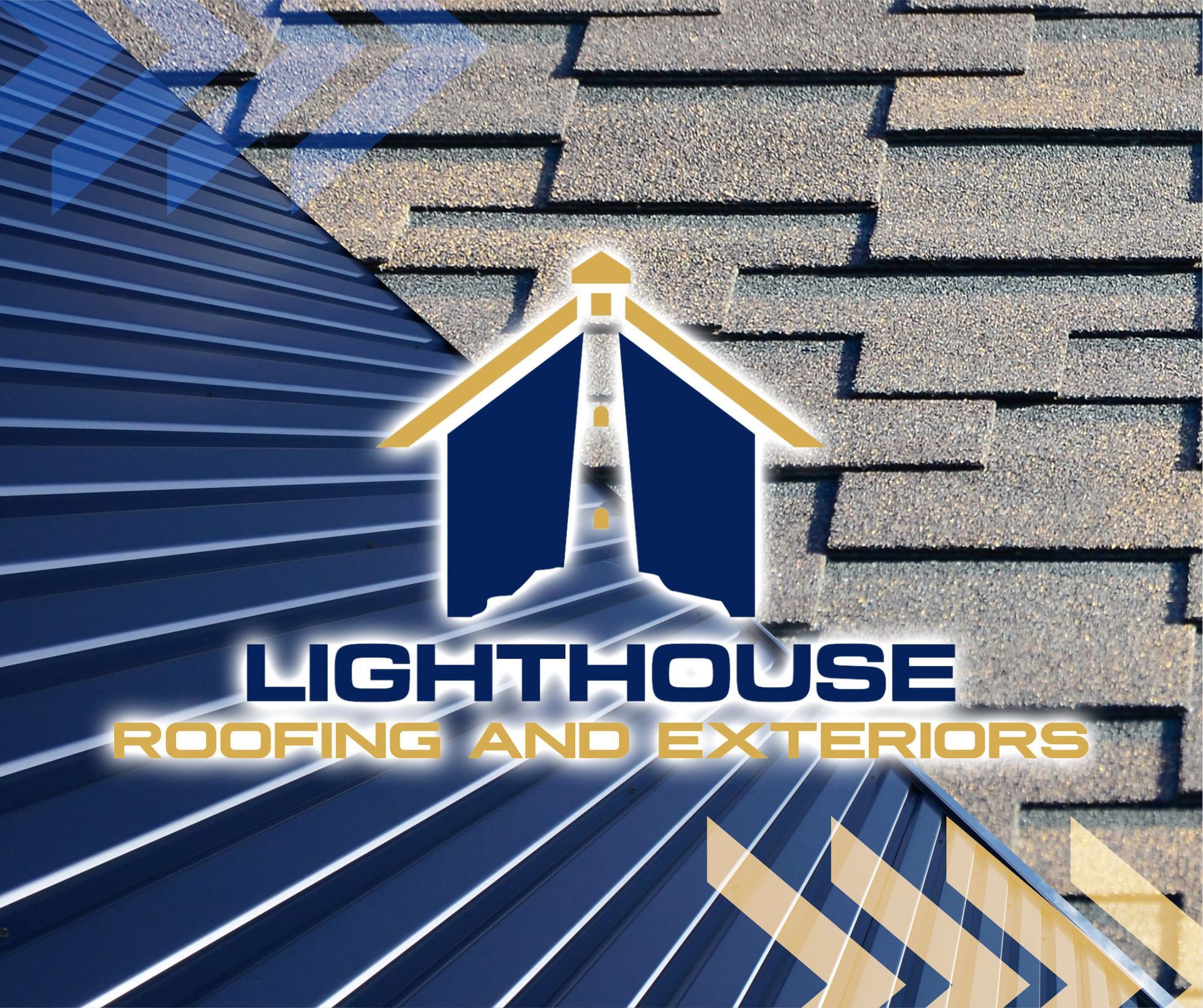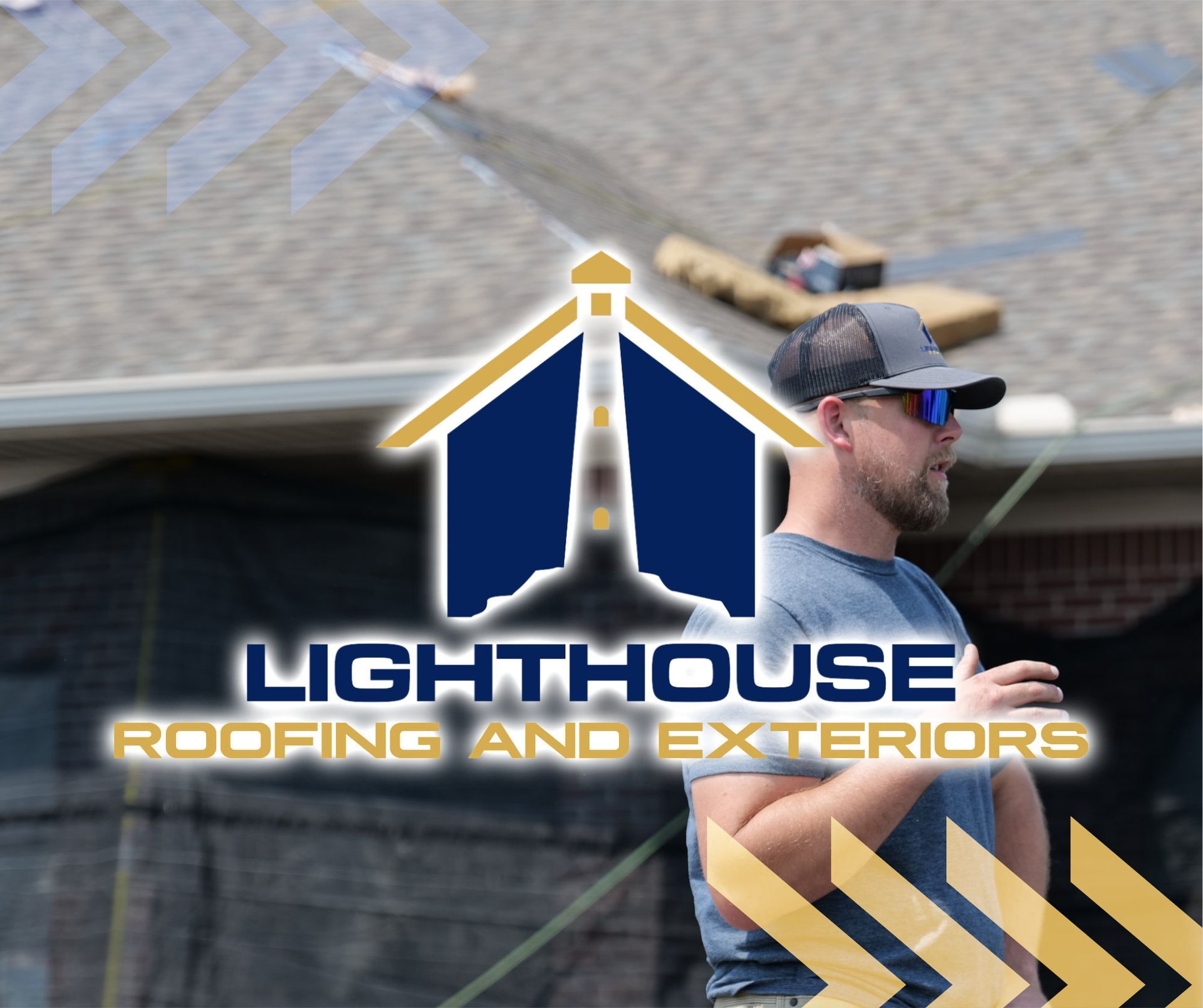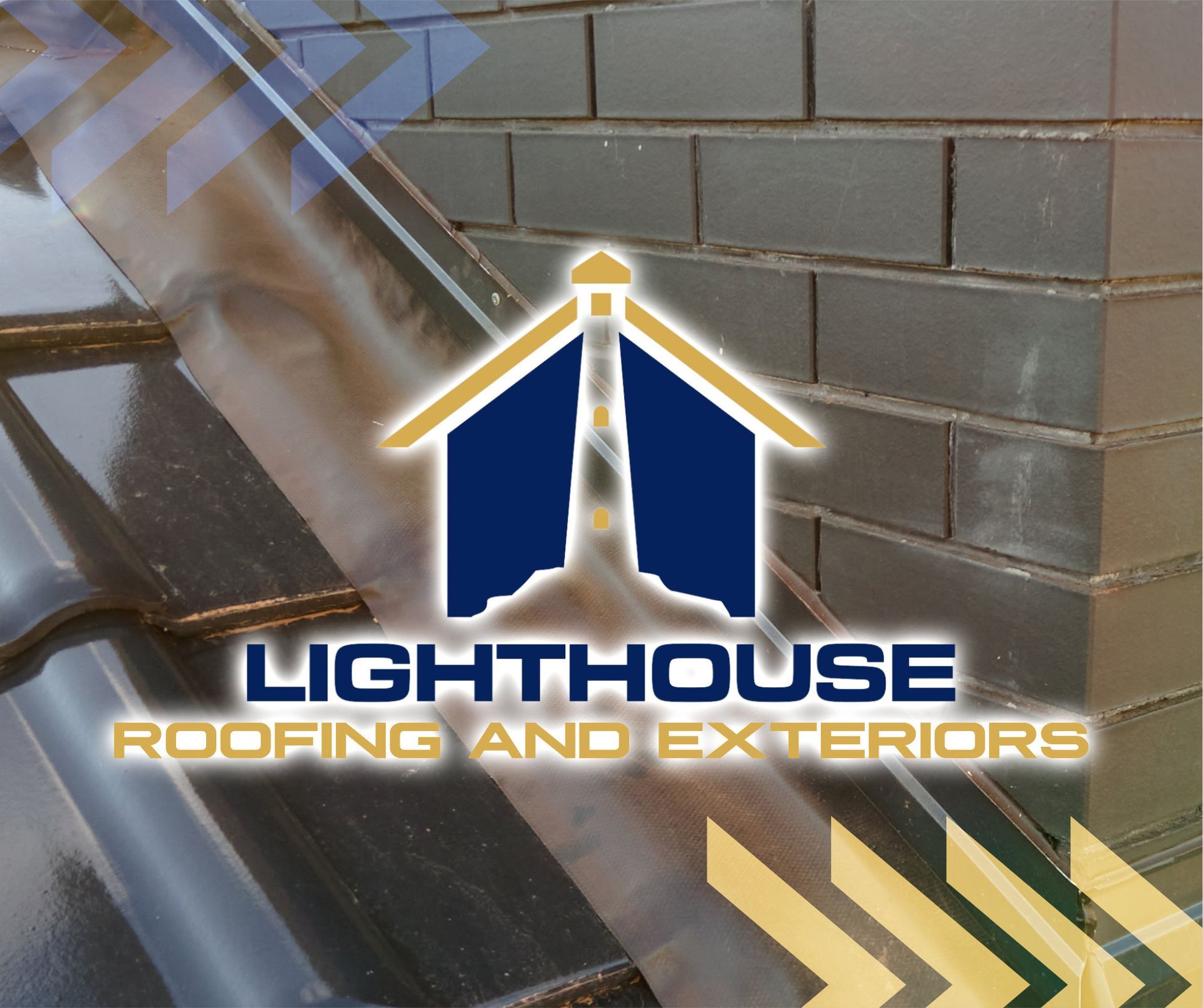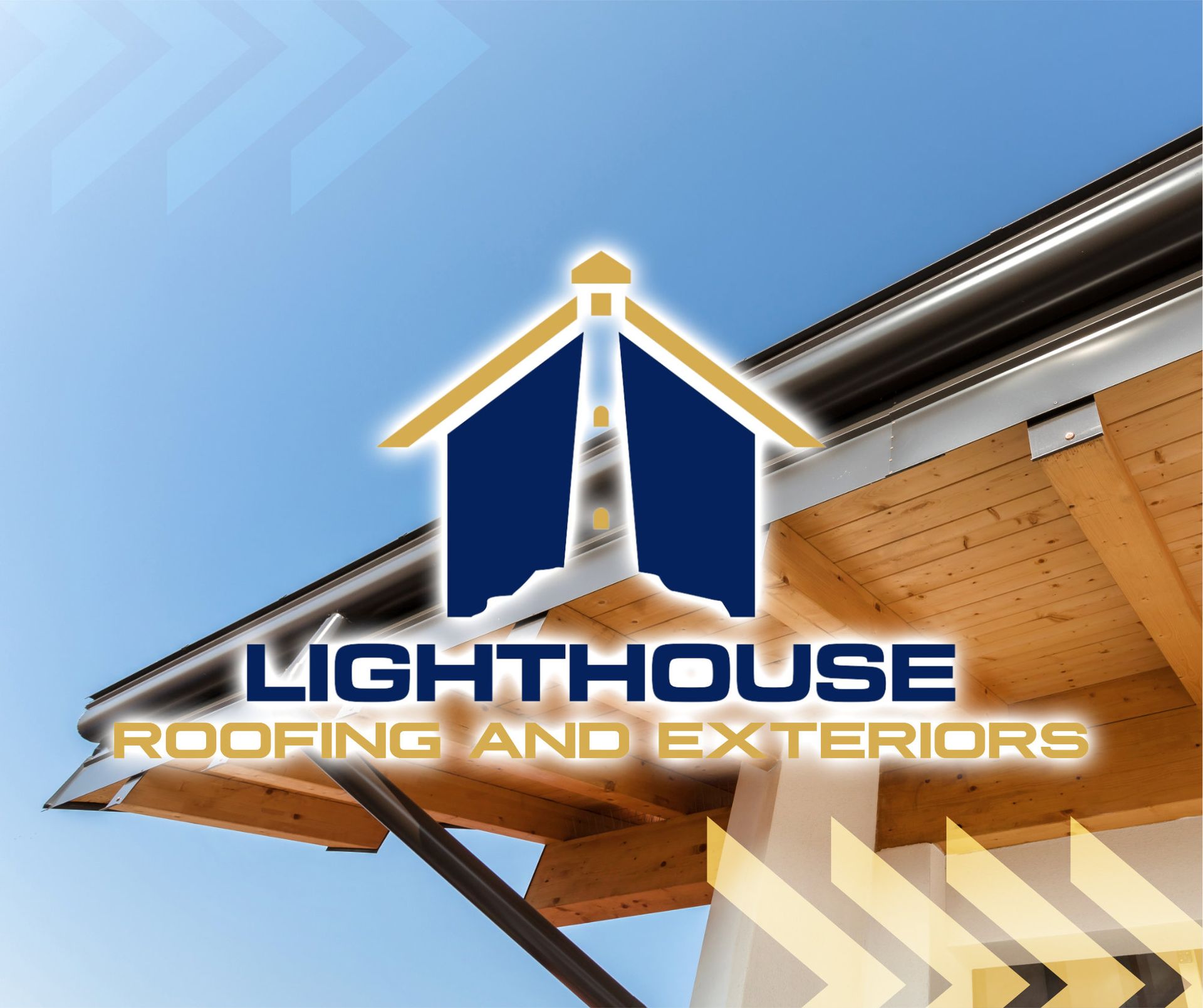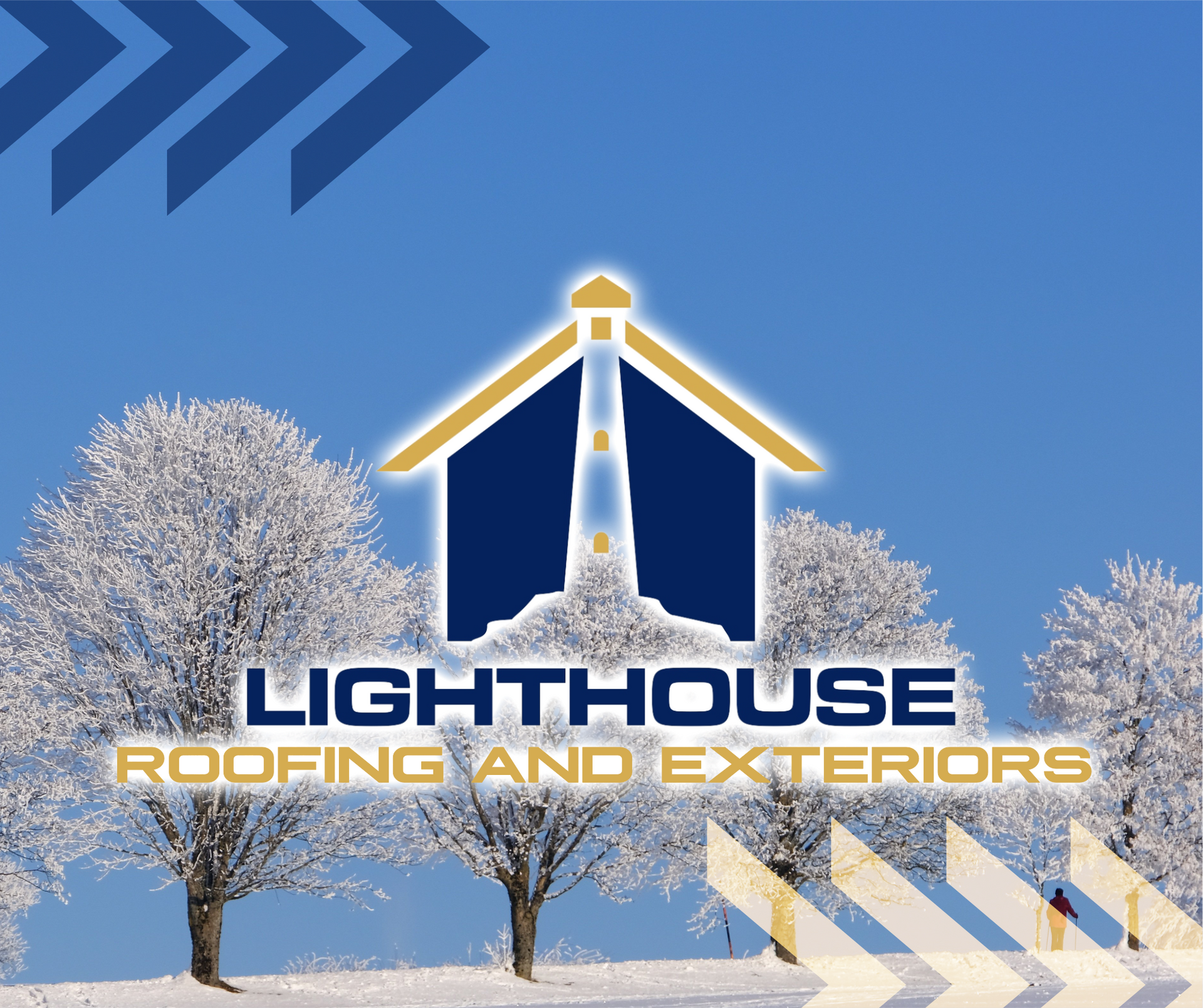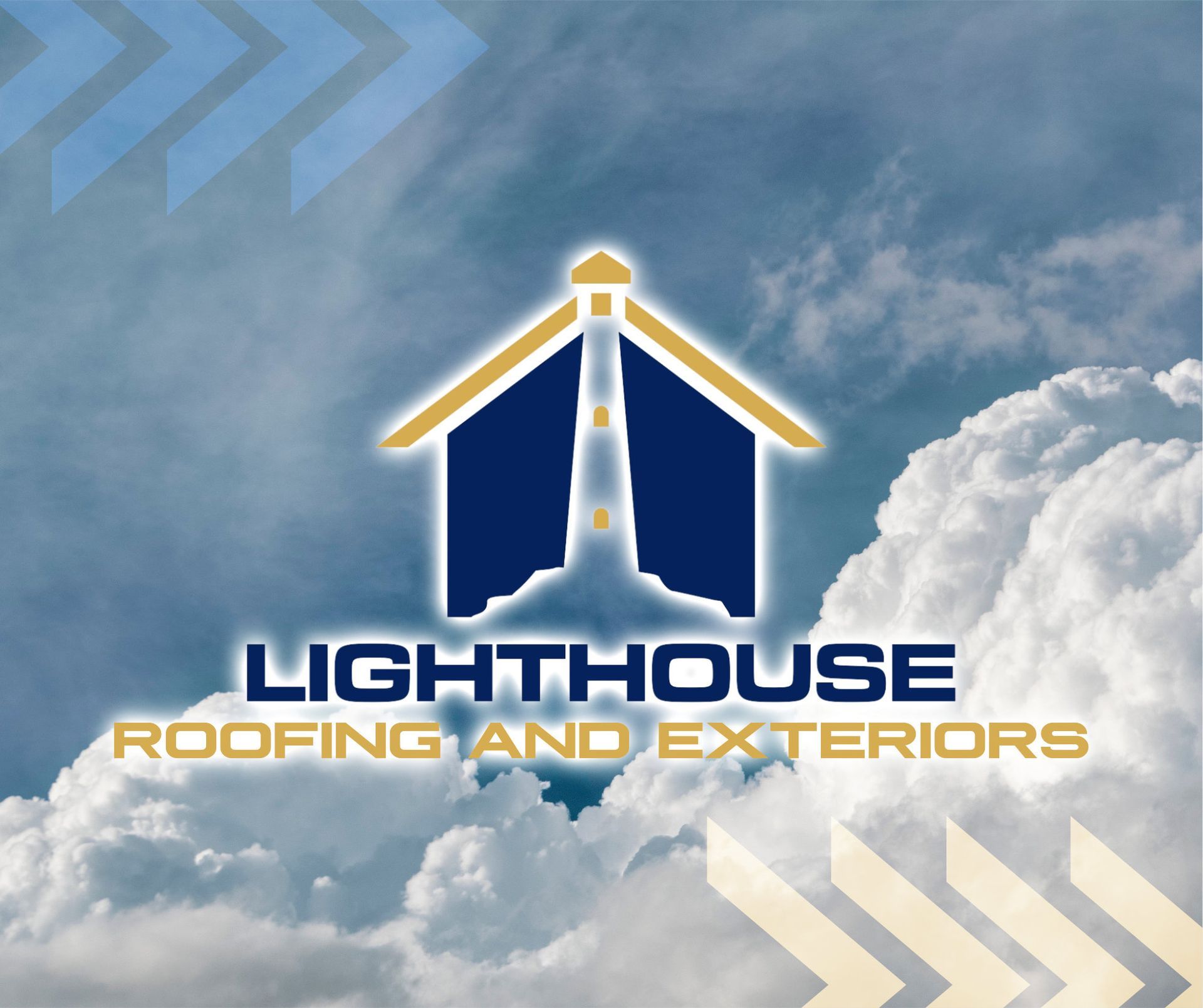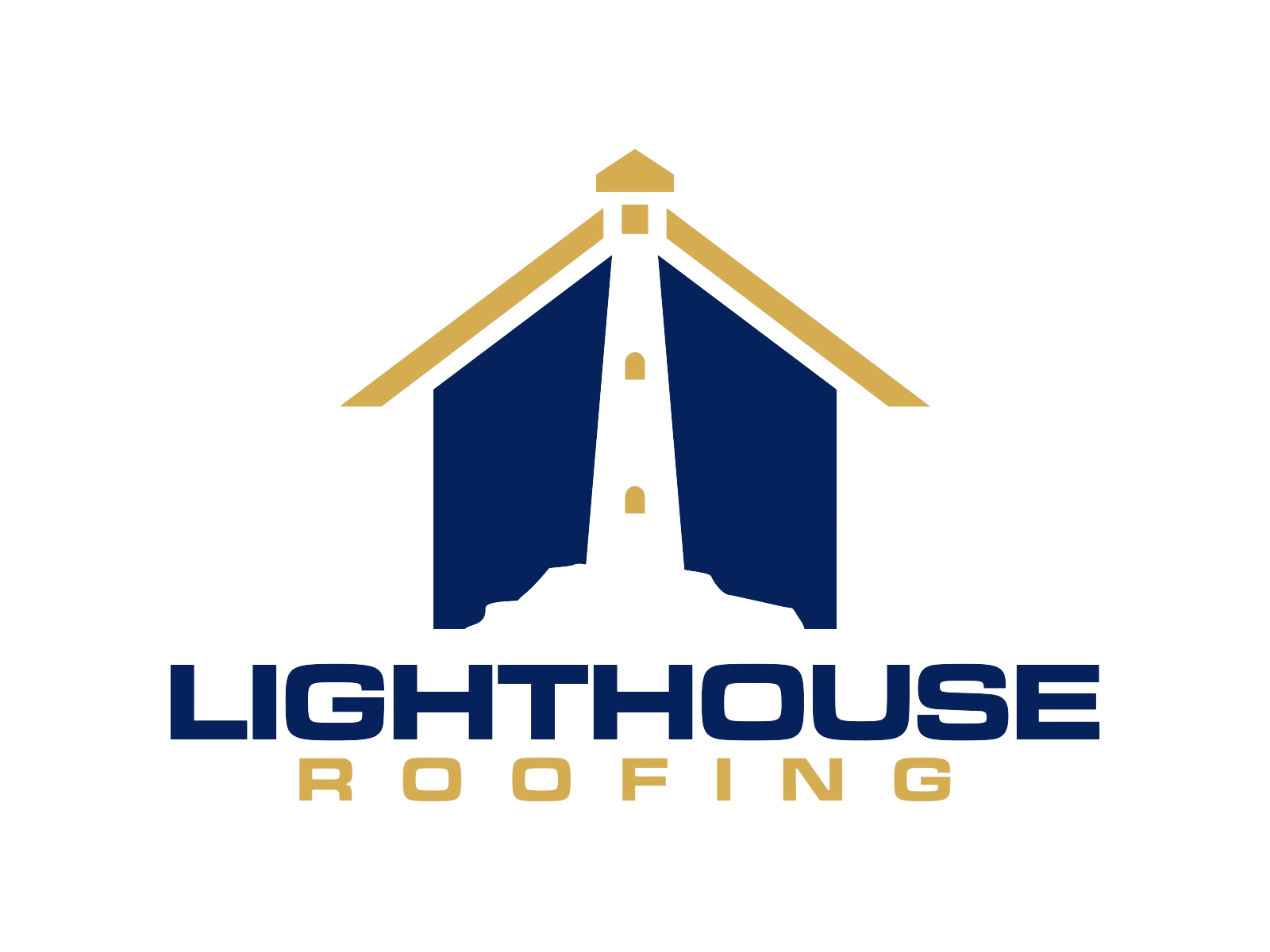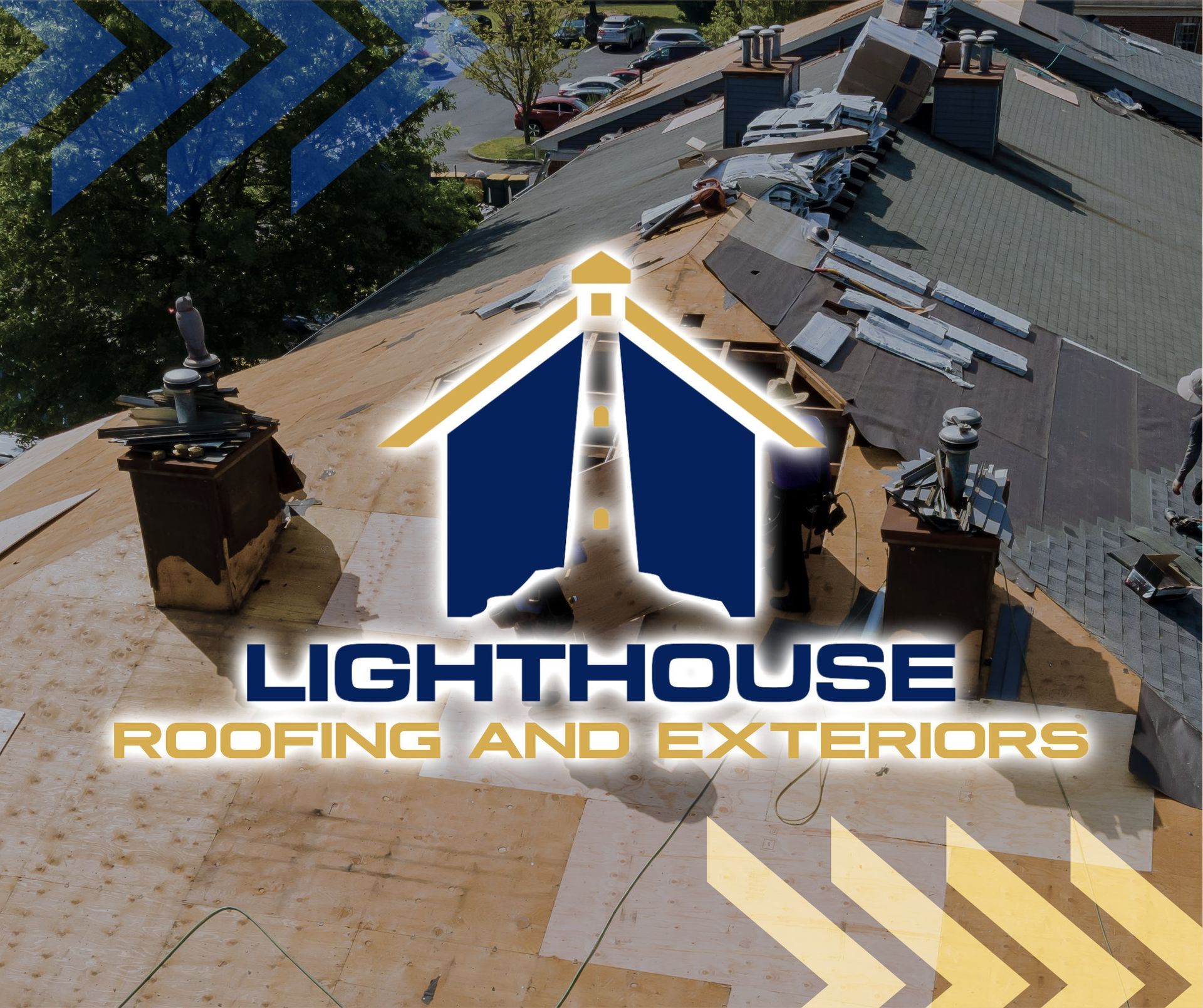
When it comes to investing in a new roof, understanding the warranties offered can be just as crucial as selecting the right materials or contractor. Roofing warranties provide peace of mind by ensuring that your investment is protected against defects and potential issues. However, not all warranties are created equal, and it's important to know what they cover, their limitations, and how to make the most of them.
Types of Roofing Warranties
Manufacturer's Warranty
Coverage: This warranty typically covers defects in the roofing materials themselves. If the shingles or other roofing components fail prematurely due to manufacturing defects, the manufacturer will often provide replacement materials.
Duration: Manufacturer warranties can range from 20 years to a lifetime, depending on the product. However, it's crucial to read the fine print, as "lifetime" might be defined differently by each manufacturer.
Limitations: These warranties usually don’t cover the cost of labor to install the replacement materials. Additionally, damage due to improper installation, weather-related events, or poor maintenance is often excluded.
Workmanship Warranty
Coverage: Offered by the roofing contractor, this warranty covers the quality of the installation work. If there are issues stemming from the installation process, such as leaks or improper sealing, the contractor should fix them at no additional cost.
Duration: Workmanship warranties can vary significantly, often ranging from 1 to 10 years. Some contractors might even offer extended warranties.
Limitations: This warranty doesn’t cover defects in the roofing materials themselves or damage caused by external factors like storms or falling debris.
Extended Manufacturer's Warranty
Coverage: Some manufacturers offer extended warranties that cover both materials and labor. These warranties usually require that the roof be installed by certified contractors who follow specific guidelines.
Duration: These can offer more comprehensive protection for longer periods, sometimes covering the entire lifespan of the roof.
Limitations: Extended warranties might come at an additional cost and often require regular maintenance checks to remain valid.
Key Factors to Consider
Coverage Details: Always review what is included and excluded in your warranty. Understanding the specifics can help you avoid unexpected costs and ensure you know how to make a claim if needed.
Transferability: If you plan to sell your home, a transferable warranty can be a valuable selling point. Some warranties allow the coverage to be transferred to the new owner, often for a small fee.
Regular Maintenance: Many warranties require regular roof inspections and maintenance to remain valid. Keeping up with these requirements can prevent issues and ensure that your warranty will cover any necessary repairs.
Documentation: Keep all receipts, contracts, and documentation related to your roofing installation and warranty. This paperwork is crucial if you need to file a claim.
Making the Most of Your Roofing Warranty
Choose a Reputable Contractor: Ensure your roof is installed by a reputable, experienced contractor. Poor installation is a leading cause of roofing problems and can void your warranty.
Follow Maintenance Guidelines: Adhere to the maintenance requirements specified in your warranty. Regular inspections can catch minor issues before they become major problems.
Understand the Claim Process: Familiarize yourself with the process for filing a warranty claim. Knowing what steps to take can expedite the resolution of any issues that arise.
In conclusion, understanding roofing warranties and what they cover is an essential part of safeguarding your investment. By choosing the right warranty and adhering to its terms, you can ensure long-term protection for your roof and peace of mind for yourself.
If you're considering a new roof or need advice on warranties, Lighthouse Roofing is here to help. Our team of experts can guide you through the process, ensuring you get the best protection for your home. Contact us today to learn more!
